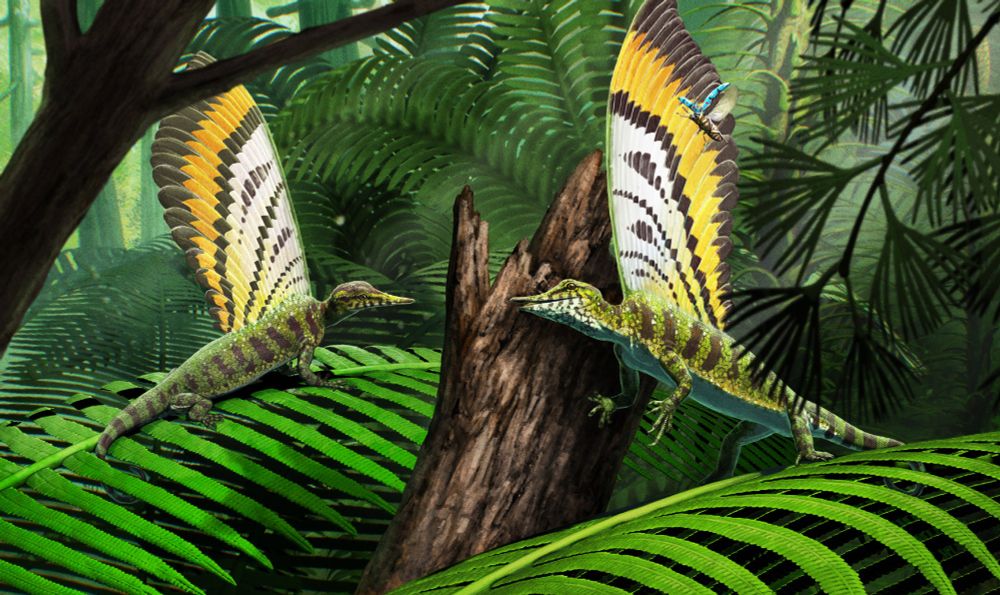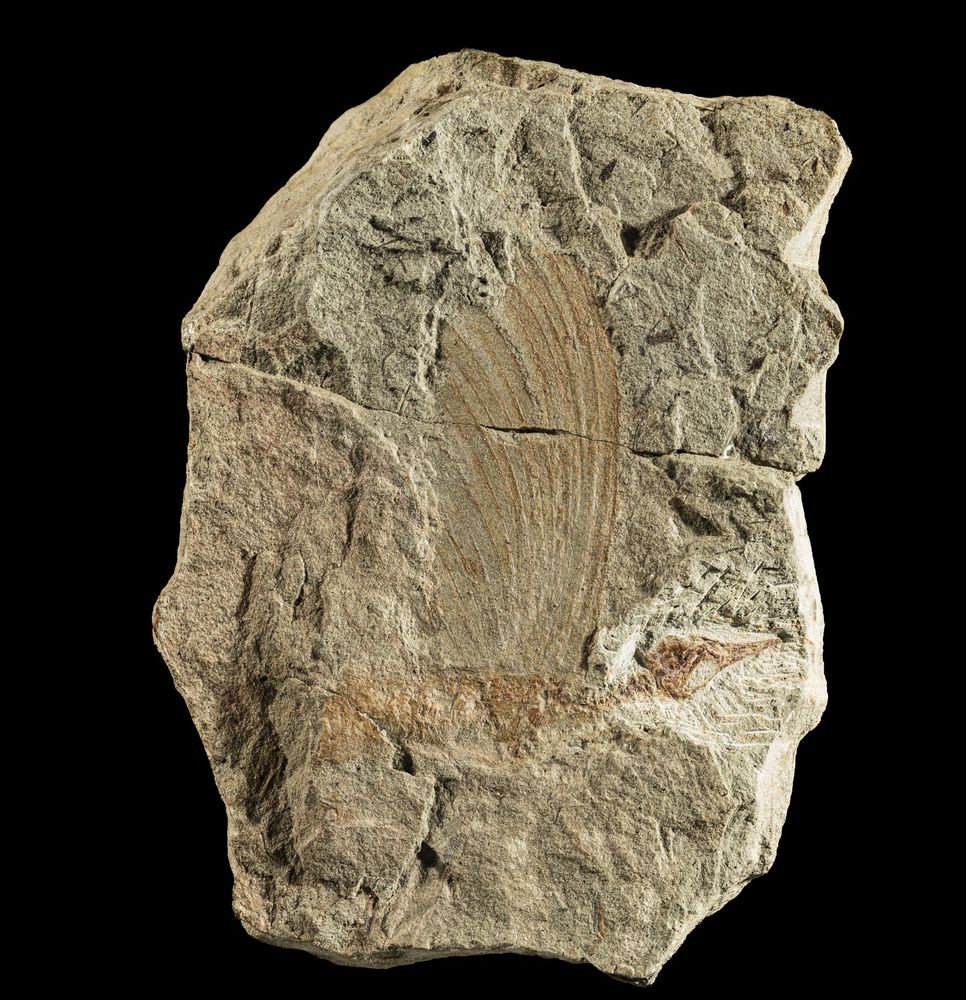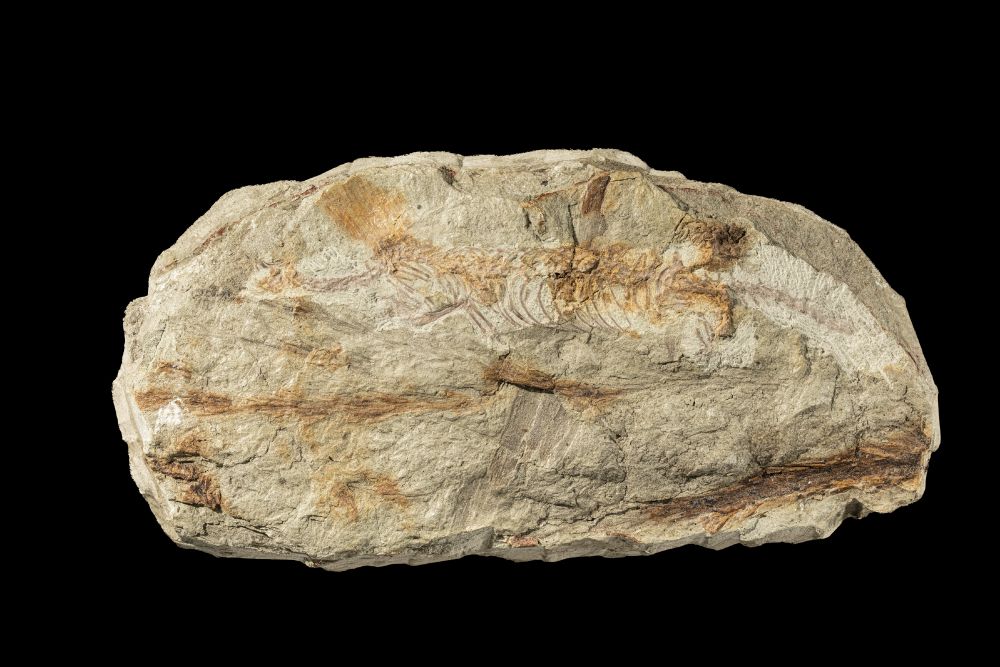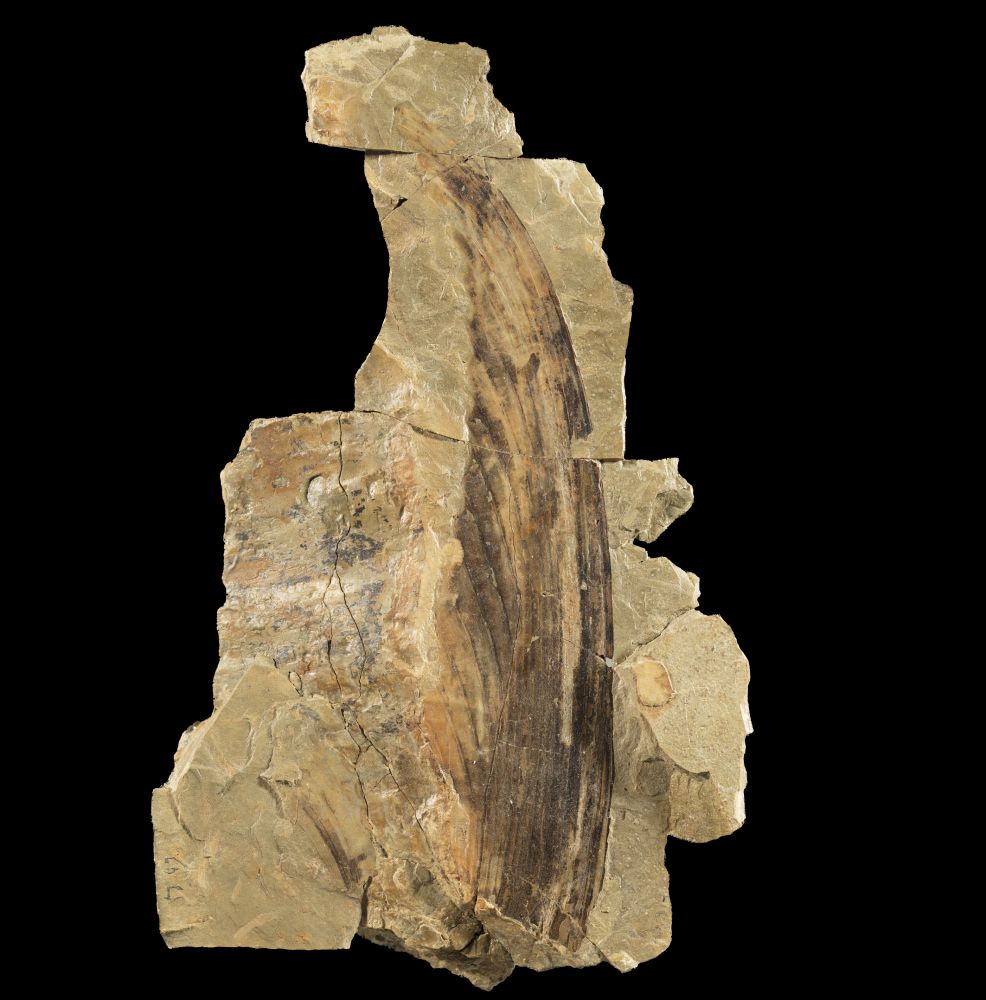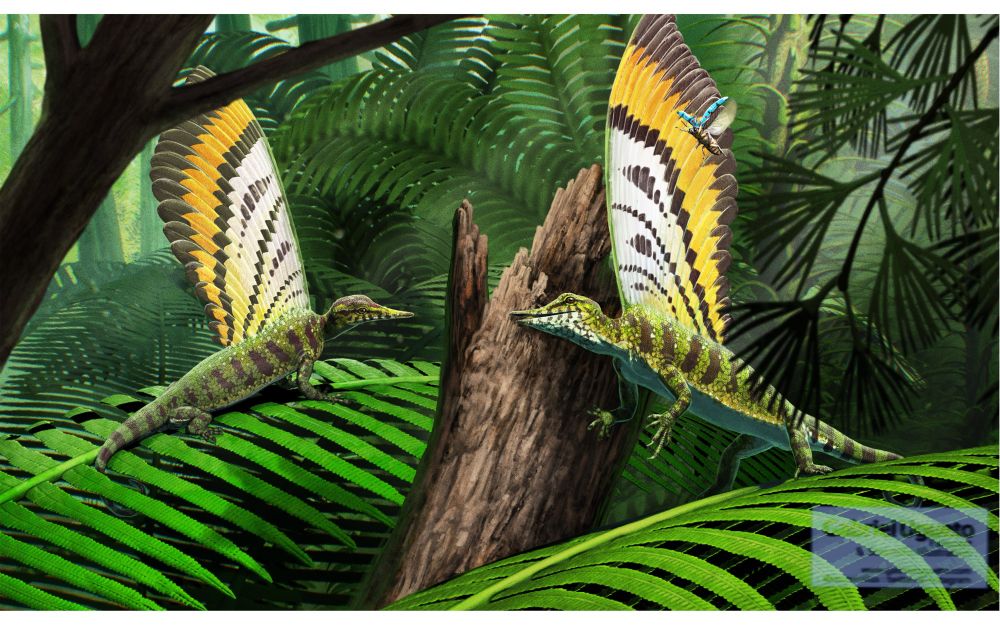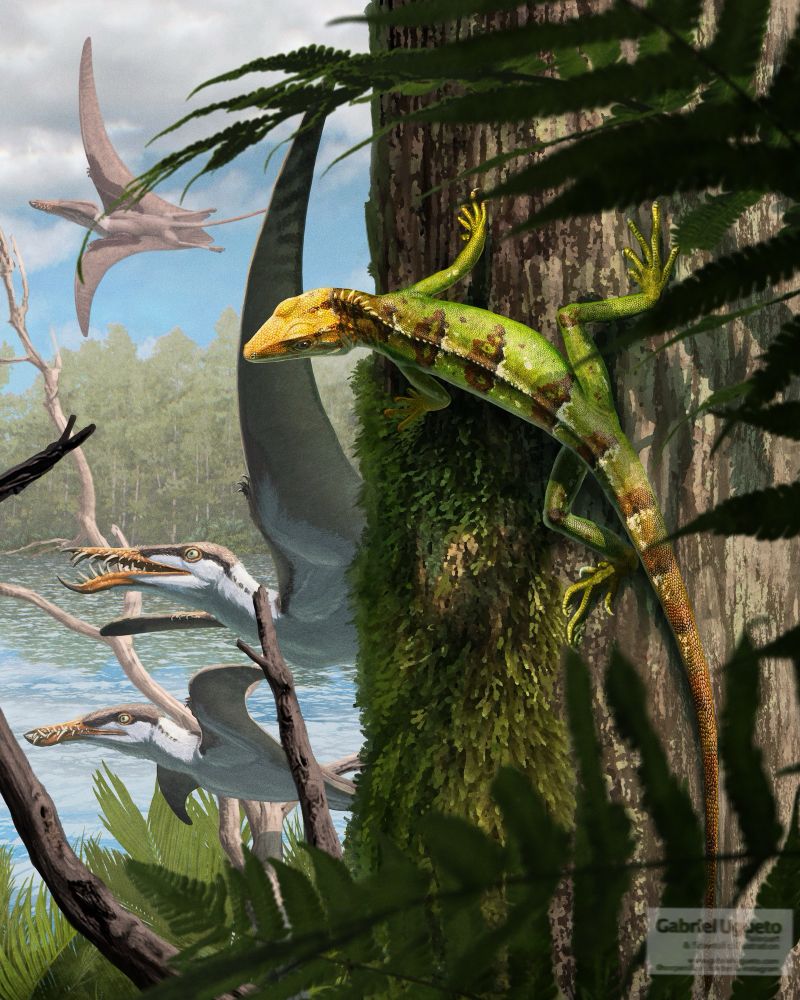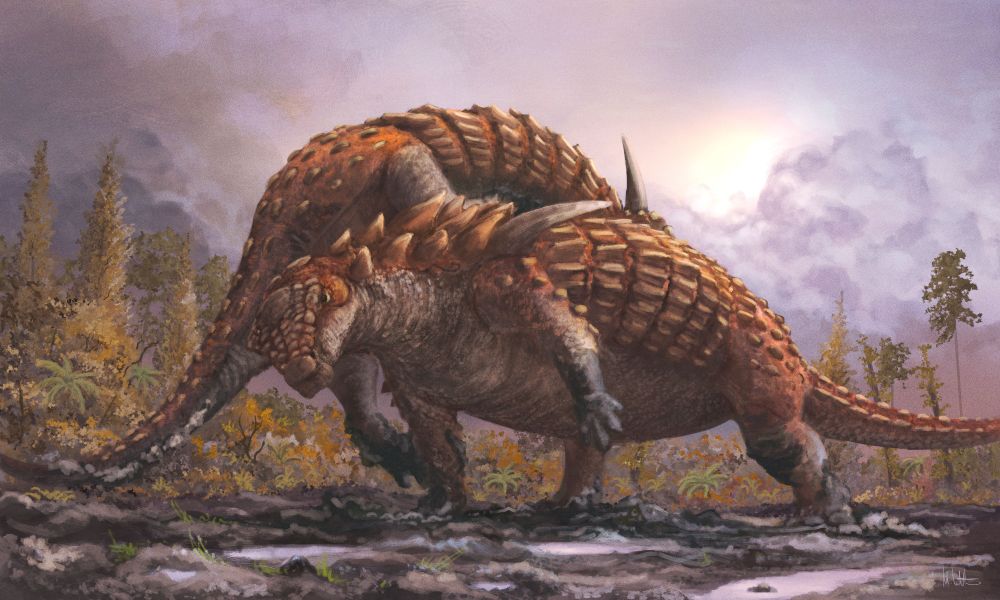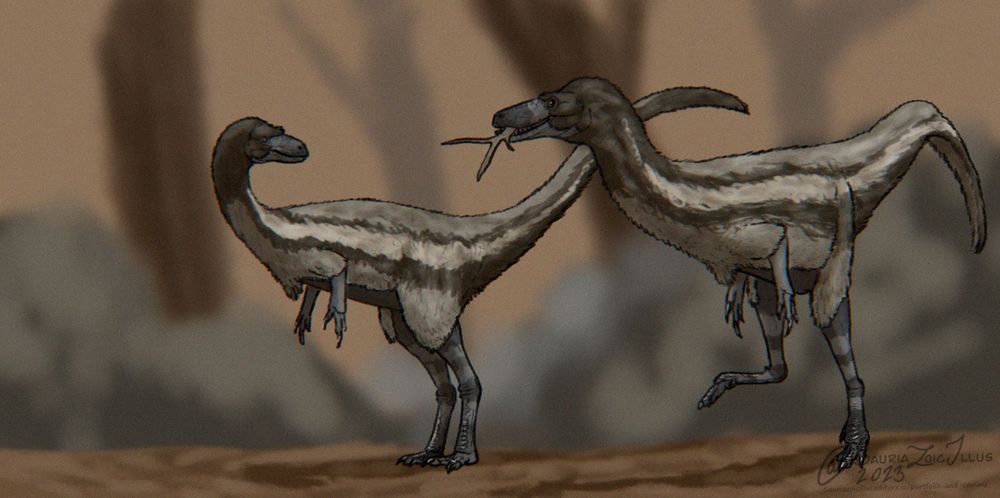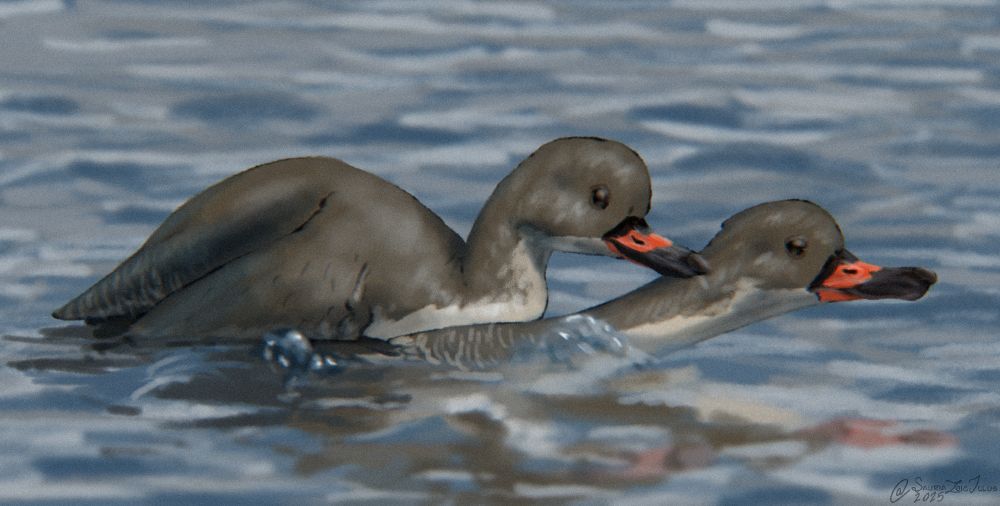Cy Marchant
@slvrhwk.bsky.social
200 followers
390 following
61 posts
◇ Paleobiology student ◇ Science illustration dilettante ◇ Osteographer ◇ Ancient life reconstructions ◇ PhyloPic contributor ◇ 🦕🦖🦎 ◇ he/him ◇
Posts
Media
Videos
Starter Packs
Pinned
Reposted by Cy Marchant
Reposted by Cy Marchant
Reposted by Cy Marchant
Reposted by Cy Marchant
Reposted by Cy Marchant
Reposted by Cy Marchant
Reposted by Cy Marchant
Reposted by Cy Marchant
Reposted by Cy Marchant
Reposted by Cy Marchant
Reposted by Cy Marchant
Reposted by Cy Marchant
Reposted by Cy Marchant
Reposted by Cy Marchant
Reposted by Cy Marchant
Reposted by Cy Marchant
Reposted by Cy Marchant
Reposted by Cy Marchant



















![Comic. [3-column table with headers Period, My Favorite Part, and My Biggest Complaint] [Row 1] P: *Precambrian*, MFP: Life develops, MBC: Snowball Earth episodes [Row 2] P: Cambrian, MFP: Trilobites!, MBC: Evolution could stand to calm down a little [Row 3] P: Ordovician, MFP: Earth might have had rings, MBC: Scary volcanic eruption in North America [Row 4] P: Silurian, MFP: First land animals, MBC: Earth’s newfound mold problem [Row 5] P: Devonian, MFP: Big mountains in Boston, MBC: Yeah, sure, what those giant killer fish needed was *armor* [Row 6] P: Carboniferous, MFP: Cool forests, MBC: Bugs too big [Row 7] P: Permian, MFP: Pangea, MBC: Google “The Great Dying” [Row 8] P: Triassic, MFP: Tanystropheus [dinosaur with extremely long neck next to tiny person for scale], MBC: Damage to Canada still visible from space at Manicouagan [Row 9] P: Jurassic, MFP: Birds, MBC: Parasitoid wasps [Row 10] P: Cretaceous, MFP: Raptors, MBC: Raptors [Row 11] P: Paleogene, MFP: Pretty horseys!!!, MBC: Paleocene-eocene thermal maximum [Row 12] P: Neogene, MFP: Forests of *Dracaena* Dragonblood Trees, MBC: Zanclean Flood [Row 13] P: Quaternary, MFP: Burrito invented, MBC: Whoever picked this name for the third period of the Cenozoic](https://cdn.bsky.app/img/feed_thumbnail/plain/did:plc:cz73r7iyiqn26upot4jtjdhk/bafkreifyh56h2dhfnxxuarc6hspobseq6jzurt7mnkuo3dkvlkyrw6e76i@jpeg)
